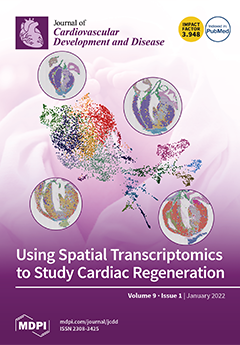Patients with repaired Tetralogy of Fallot (rToF) typically report having preserved subjective exercise tolerance. Chronic pulmonary regurgitation (PR) with varying degrees of right ventricular (RV) dilation as assessed by cardiac magnetic resonance imaging (MRI) is prevalent in rToF and may contribute to clinical compromise. Cardiopulmonary exercise testing (CPET) provides an objective assessment of functional capacity, and the International Physical Activity Questionnaire (IPAQ) can provide additional data on physical activity (PA) achieved. Our aim was to assess the association between CPET values, IPAQ measures, and MRI parameters. All rToF patients who had both an MRI and CPET performed within one year between March 2019 and June 2021 were selected. Clinical data were extracted from electronic records (including demographic, surgical history, New York Heart Association (NYHA) functional class, QRS duration, arrhythmia, MRI parameters, and CPET data). PA level, based on the IPAQ, was assessed at the time of CPET. Eighty-four patients (22.8 ± 8.4 years) showed a reduction in exercise capacity (median peak VO
2 30 mL/kg/min (range 25–33); median percent predicted peak VO
2 68% (range 61–78)). Peak VO
2, correlated with biventricular stroke volumes (RVSV: β = 6.11 (95%CI, 2.38 to 9.85),
p = 0.002; LVSV: β = 15.69 (95% CI 10.16 to 21.21),
p < 0.0001) and LVEDVi (β = 8.74 (95%CI, 0.66 to 16.83),
p = 0.04) on multivariate analysis adjusted for age, gender, and PA level. Other parameters which correlated with stroke volumes included oxygen uptake efficiency slope (OUES) (RVSV: β = 6.88 (95%CI, 1.93 to 11.84),
p = 0.008; LVSV: β = 17.86 (95% CI 10.31 to 25.42),
p < 0.0001) and peak O
2 pulse (RVSV: β = 0.03 (95%CI, 0.01 to 0.05),
p = 0.007; LVSV: β = 0.08 (95% CI 0.05 to 0.11),
p < 0.0001). On multivariate analysis adjusted for age and gender, PA level correlated significantly with peak VO
2/kg (β = 0.02, 95% CI 0.003 to 0.04;
p = 0.019). We observed a reduction in objective exercise tolerance in rToF patients. Biventricular stroke volumes and LVEDVi were associated with peak VO
2 irrespective of RV size. OUES and peak O
2 pulse were also associated with biventricular stroke volumes. While PA level was associated with peak VO
2, the incremental value of this parameter should be the focus of future studies.
Full article






